What are the types of motors for new energy vehicles and their advantages?
A little popular knowledge about new energy, what are the types of motors? What are the advantages and disadvantages?
Under the great wave of new energy, more and more people are aiming to buy pure electric vehicles. For traditional oil trucks, everyone is very familiar with the "three major parts": engine, gearbox and chassis.
You may not be very familiar with the " three major components " of new energy vehicles : motors, batteries and electronic control systems. Based on this situation, today I will give you a brief introduction to the motors among the three major components of new energy vehicles.
The current use scale of switched reluctance motors is still small, so this time we focus on comparing permanent magnet synchronous motors and AC asynchronous motors.
The structure of the permanent magnet synchronous motor mainly includes the stator core, three-phase winding, rotor core, permanent magnet material, rotor guide bar, machine base, end cover, etc.
Disadvantages of permanent magnet synchronous motors: First, the addition of permanent magnet materials, such as nickel-iron-cobalt, results in higher costs; second, the permanent magnets have the risk of demagnetization in high temperature and vibration environments, so the mechanical strength is poor.
AC asynchronous motor
The structure of an AC asynchronous motor includes a stator core, three-phase windings, rotor core, rotor windings, bearings, base and end covers, etc.
Disadvantages of AC asynchronous motors: first, the power density is low, that is, the volume is larger at the same power level; second, the energy conversion efficiency is low, about 5 % lower than that of permanent magnet synchronous motors ; third, compared with Permanent magnet synchronous motors have high energy consumption.
write at the end
Combined with the above analysis, there are also differences in the implementation of the two motors in specific models.
Models using permanent magnet synchronous motors tend to have a longer range, and use the permanent magnet synchronous motor to operate efficiently at low speeds to ensure effective use of energy consumption. The main features are small size and light weight, which is beneficial to increasing battery life.
Both types of motors have their own advantages and disadvantages, and there is no obvious difference between them. Only better adaptation in specific application scenarios can the maximum advantages of each type of motor be better utilized.
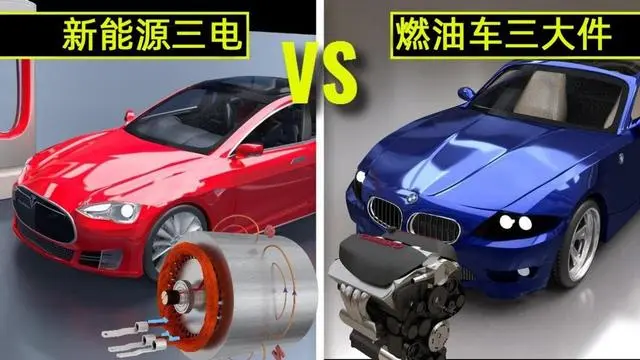 The so-called motor refers to an electromagnetic device that converts or transmits electrical energy according to the law of electromagnetic induction. The types of motors that can be used in electric vehicles include DC motors, permanent magnet synchronous motors, AC asynchronous motors and switched reluctance motors. Due to various shortcomings of DC motors, DC motors have been basically eliminated in the electric vehicle industry.
The so-called motor refers to an electromagnetic device that converts or transmits electrical energy according to the law of electromagnetic induction. The types of motors that can be used in electric vehicles include DC motors, permanent magnet synchronous motors, AC asynchronous motors and switched reluctance motors. Due to various shortcomings of DC motors, DC motors have been basically eliminated in the electric vehicle industry.
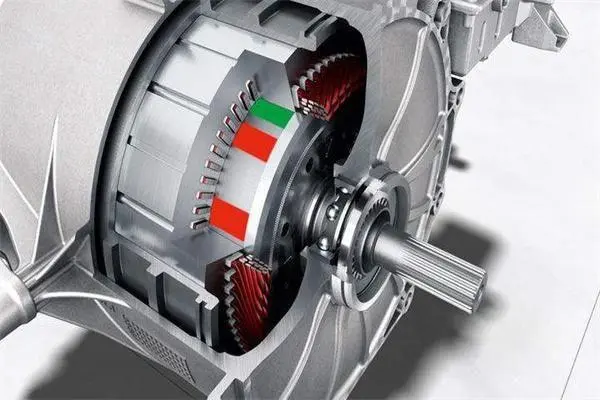 Permanent magnet synchronous motor
Permanent magnet synchronous motor
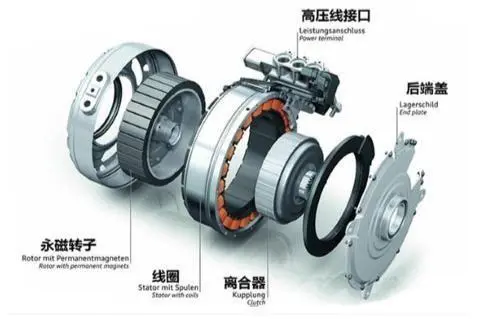 The advantages of the permanent magnet synchronous motor: first, there is no excitation current and excitation loss, so it has high efficiency and high power density; second, the use of permanent magnet materials reduces the rotor winding, so it has a simple structure, small size and light weight; third , high energy conversion efficiency, reaching 90%-95 % .
The advantages of the permanent magnet synchronous motor: first, there is no excitation current and excitation loss, so it has high efficiency and high power density; second, the use of permanent magnet materials reduces the rotor winding, so it has a simple structure, small size and light weight; third , high energy conversion efficiency, reaching 90%-95 % .
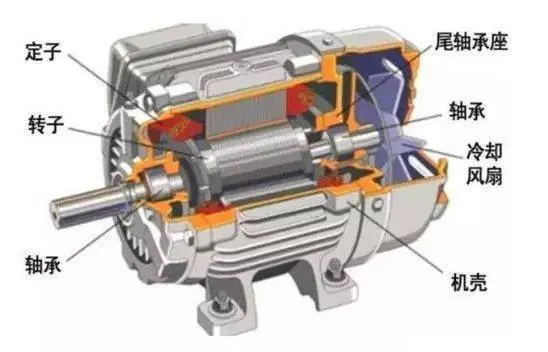 The advantages of AC asynchronous motors: first, there is no high-temperature demagnetization problem of permanent magnets, and the peak power and rated power operating time can be extended, so the high-speed performance is better; second, the motor characteristics are less affected by the environment and have good reliability; third, No permanent magnet material, the cost is easier to control.
The advantages of AC asynchronous motors: first, there is no high-temperature demagnetization problem of permanent magnets, and the peak power and rated power operating time can be extended, so the high-speed performance is better; second, the motor characteristics are less affected by the environment and have good reliability; third, No permanent magnet material, the cost is easier to control.
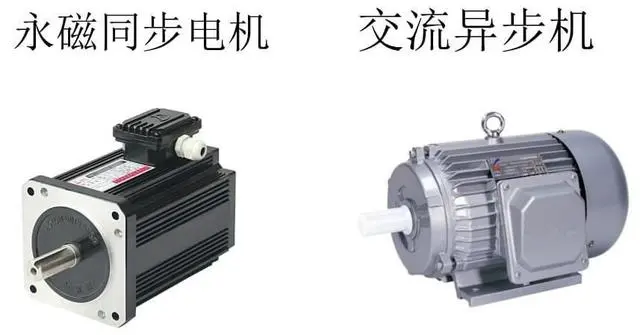 The difference between the two motors can be seen from the internal structure of the two motors. The rotor of a permanent magnet synchronous motor is a permanent magnet structure, while the rotor of an AC asynchronous motor is composed of silicon steel sheets and copper coil windings.
The difference between the two motors can be seen from the internal structure of the two motors. The rotor of a permanent magnet synchronous motor is a permanent magnet structure, while the rotor of an AC asynchronous motor is composed of silicon steel sheets and copper coil windings.
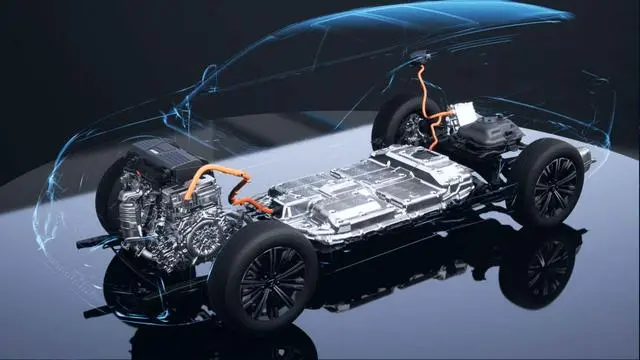 Models using AC asynchronous motors tend to be performance-oriented, taking advantage of the AC asynchronous motor's good performance output at high speeds to highlight acceleration performance. The main representative is Tesla. The main feature is that it can maintain stable operation of the car at high speeds.
Models using AC asynchronous motors tend to be performance-oriented, taking advantage of the AC asynchronous motor's good performance output at high speeds to highlight acceleration performance. The main representative is Tesla. The main feature is that it can maintain stable operation of the car at high speeds.



























 XINDA
XINDA